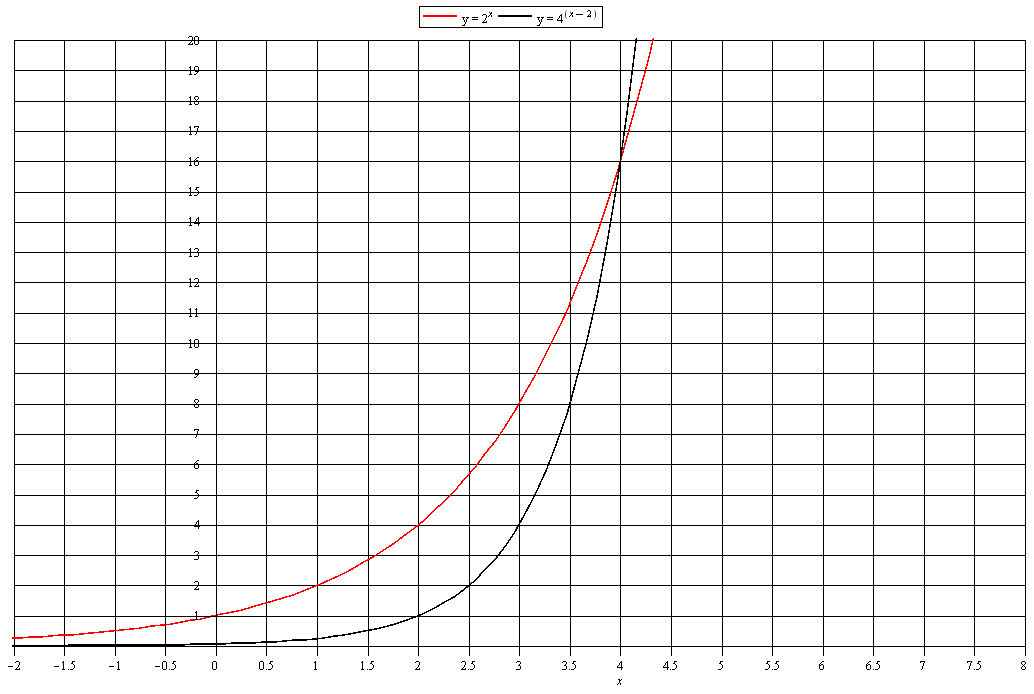Hi there! Can someone help me solve these equations? Thanks!
Part A: Explain why the x-coordinates of the points where the graphs of the equations#y = 2^x# and #y = 4^(x−2)# intersect are the solutions of the equation #2^x = 4^(x−2)# .
Part B: Make tables to find the solution to #2^x = 4^(x−2)# . Take the integer values of #x# between #−4# and #4# .
Part C: How can you solve the equation #2^x = 4^(x−2)# graphically?
Part A: Explain why the x-coordinates of the points where the graphs of the equations
Part B: Make tables to find the solution to
Part C: How can you solve the equation
2 Answers
See below.
Explanation:
Part A: The point or points of intersection are the values of the variables which satisfy both equations at a particular point.
If
This can also be looked at as being the two equations:
So the points of intersection are the roots in this case and satisfy the equation:
This explains why it will be the solution to:
Part B:
You just put integer values between -4 and 4 in each equation and when the output is the same for both that is the solution.
Part C:
To solve graphically you just plot the two equations
Graph of

You can see the point of intersection is at x =4 and the value of y is 16
Just for interest sake lets derive the actual value of
Explanation:
There are only two variables
We have
The other value of
We are given:
Iff (means if and only if) the two plots intercept at at least 1 point then we may equate them to each other through
Write as:
Taking logs of both sides (type of log does not matter). I choose log to base e
This is the same as
~~~~~~~~~~~~~~~~~~~~~~~~~~~~~~~~~~~~~~~~~


